Boysenberry Pests: Learn About Bugs That Eat Boysenberries
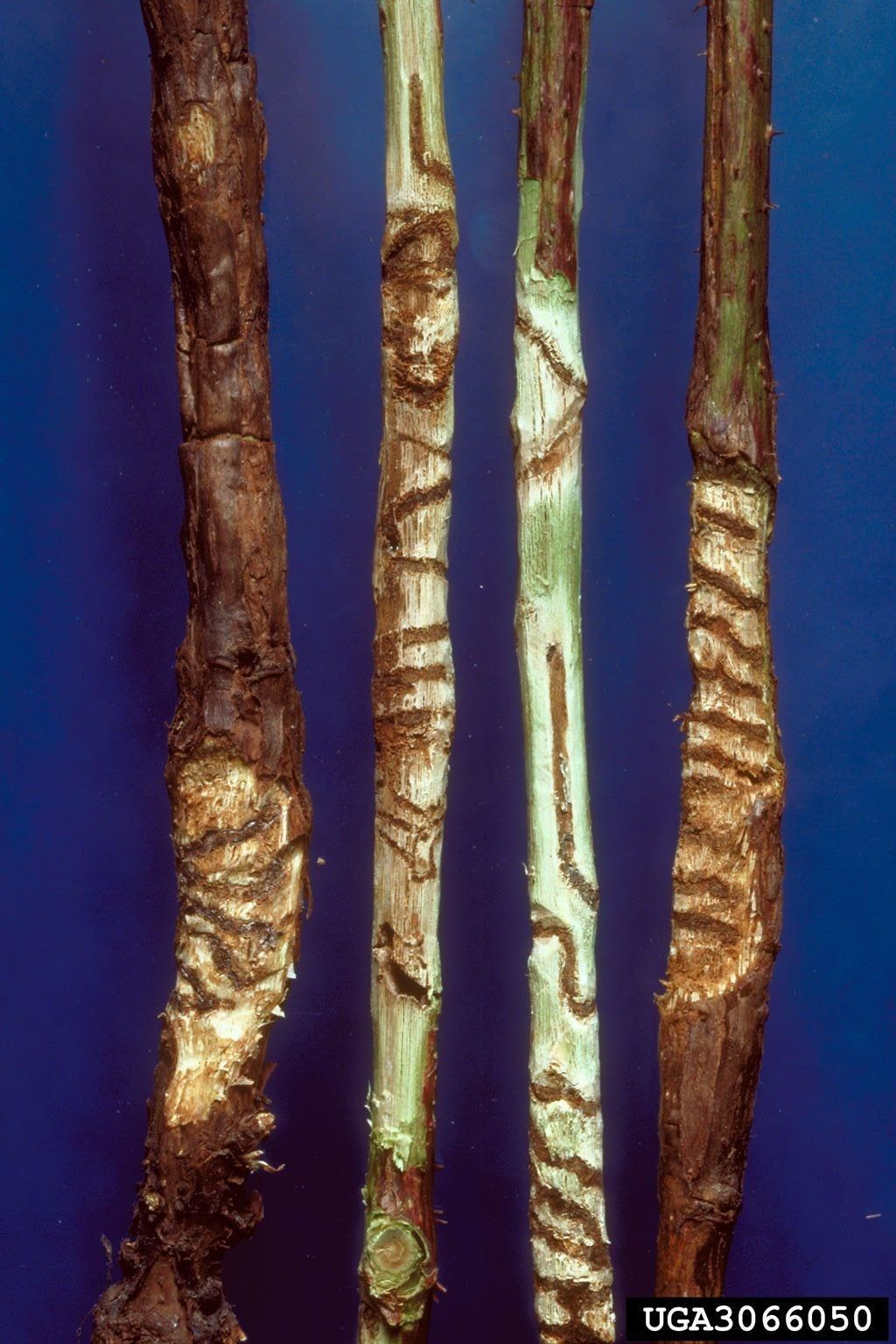
Boysenberry is an easy to care for vining plant that is drought and cold resistant. It lacks the thorns found on other vining berries but is just as nutritious - rich in antioxidants and high in fiber and vitamin C. Although they are fairly low maintenance, boysenberry pests can still be a problem. What pests of boysenberry should you watch out for? Well, it should come as no surprise that bugs that eat boysenberries are also inclined to nibble on raspberries.
Bird Pests of Boysenberry
Outside of a handful of boysenberry insect pests, the greatest threat to your berry patch are birds. Birds love boysenberries as much or more than you do and make it their business to get to them before you do. Beat the birds to it by checking the plants daily, preferably in the morning, for any ripe berries. Given that a morning check isn’t always possible, protect the berries with netting, cotton, or a fruit cage.
Boysenberry Insect Pests
As mentioned, the same bugs that eat boysenberries can also be found eating raspberries. That means the gardener should keep an eye out for cane borers. Raspberry bud moths can damage canes, flowers, and foliage. Leafrollers, bronze beetles, and leafhoppers all may do damage to the plant’s foliage. Mites suck the nutrient rich juices from the plant and grass grub larvae gnaw at its root system. Aphids, of course, may choose to reside on a boysenberry plant and, just like mites, suck the juices from it, causing the leaves to curl. An insecticidal soap will help with boysenberry pests such as aphids. Larger insects like beetles can be handpicked. Keep the areas surrounding the boysenberry bushes free from weeds which can offer a home to unwanted pests. To combat insects on boysenberry plants, sometimes a chemical control is necessary, especially if the infestation is severe. A product such as permethrin or carbaryl (Sevin) may be needed. Read the manufacturer’s instructions carefully to make sure the product is safe to use on cane fruits.
Gardening tips, videos, info and more delivered right to your inbox!
Sign up for the Gardening Know How newsletter today and receive a free copy of our e-book "How to Grow Delicious Tomatoes".

Amy Grant has been gardening for 30 years and writing for 15. A professional chef and caterer, Amy's area of expertise is culinary gardening.
-
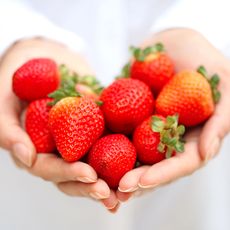 How To Grow Strawberries From A Strawberry: All You Need To Cultivate Yummy Fruits
How To Grow Strawberries From A Strawberry: All You Need To Cultivate Yummy FruitsYou may know how to grow strawberries from small plants or runners – but what about growing from the fruit? Here we show you how to grow strawberries from a strawberry
By Mary Ellen Ellis
-
 Best Tomatoes For Containers: 10 Tastiest Varieties For Plentiful Produce In Compact Areas
Best Tomatoes For Containers: 10 Tastiest Varieties For Plentiful Produce In Compact AreasThese are the best tomatoes for containers that prove you don't need to have a large space or elaborate garden to grow delicious produce.
By Bonnie L. Grant
-
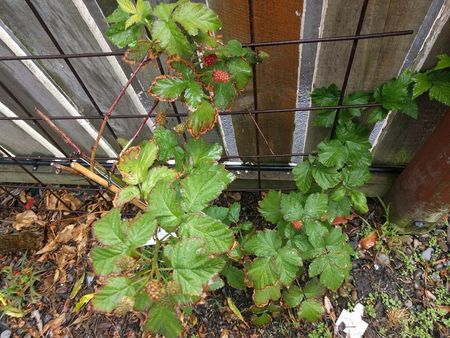 Winterizing Boysenberry Plants – How To Treat Boysenberries In Winter
Winterizing Boysenberry Plants – How To Treat Boysenberries In WinterBoysenberries are a cross between common blackberry, European raspberry, and loganberry. Although they are robust plants that thrive in cold weather, boysenberries require a little winter protection in chilly climates. Learn more in this article.
By Mary H. Dyer
-
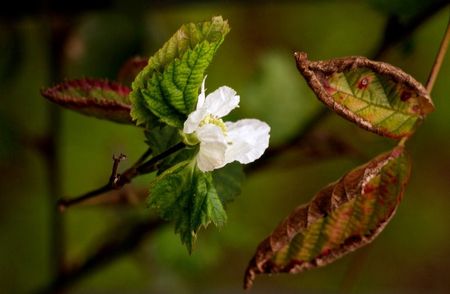 Boysenberry Disease Info: Learn How To Treat A Sick Boysenberry Plant
Boysenberry Disease Info: Learn How To Treat A Sick Boysenberry PlantBoysenberries are delightful to grow, giving you a harvest of juicy, sweet berries in the late summer. This cross between raspberry and blackberry varieties is not as common as it once was, but it should be. Watch out for common diseases though, as explained in this article.
By Mary Ellen Ellis
-
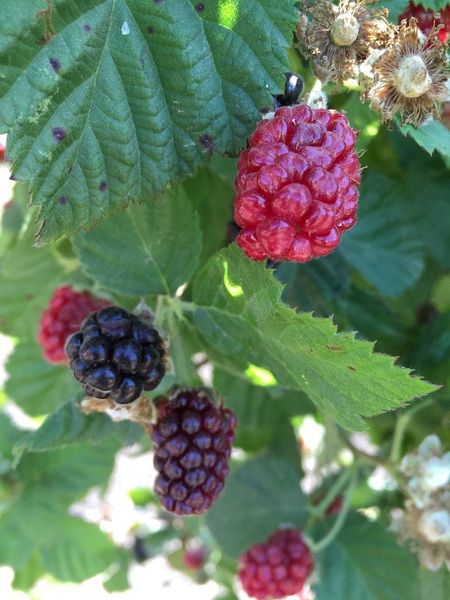 Potted Boysenberry Plants – Growing Boysenberries In A Container
Potted Boysenberry Plants – Growing Boysenberries In A ContainerBoysenberries are a popular fruit, a hybrid among several other varieties of cane berry. Most commonly grown in gardens in the warm, moist regions of the U.S. Pacific Northwest, they can also be grown successfully in containers. Learn more here.
By Liz Baessler
-
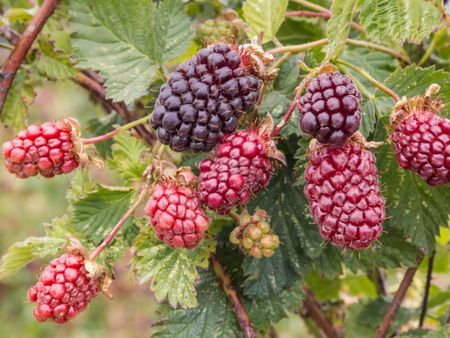 Cutting Back Boysenberries: Tips For Effective Boysenberry Pruning
Cutting Back Boysenberries: Tips For Effective Boysenberry PruningIf you want to grow boysenberries, you'll need to undertake regular boysenberry pruning. For tips on cutting back boysenberries, this article will help. Click here for more information on how and when to prune boysenberry plants.
By Teo Spengler
-
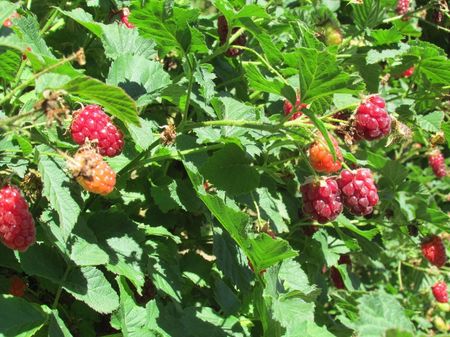 Boysenberry Problems: Learn About Common Boysenberry Pests And Diseases
Boysenberry Problems: Learn About Common Boysenberry Pests And DiseasesBoysenberry plants are so susceptible to a number of fungal conditions that many gardeners have become reluctant to even try growing them. In this article, we will take a closer look at common boysenberry pests and diseases.
By Darcy Larum
-
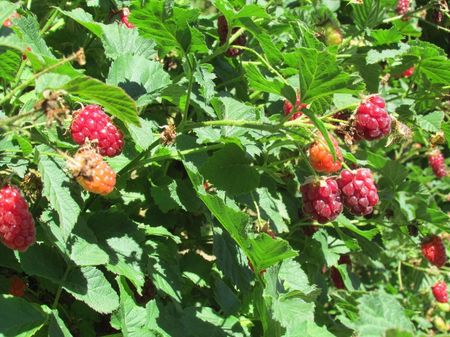 How To Harvest Boysenberries – Picking Boysenberries The Right Way
How To Harvest Boysenberries – Picking Boysenberries The Right WayFor ultimate flavor, boysenberry harvest occurs when the berries are mature and at their peak. It's important for growers to know exactly how and when to pick boysenberries to capture their distinctive taste and aroma. This article can help with that.
By Amy Grant
-
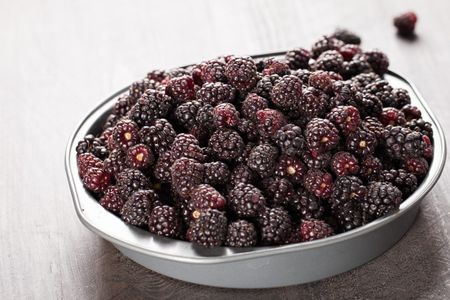 Boysenberry Benefits And Uses – Why Should You Eat Boysenberries
Boysenberry Benefits And Uses – Why Should You Eat BoysenberriesWe've been hearing a lot about the health benefits of berries. What are some benefits of eating boysenberries? Use the information in this article to find out why you should eat boysenberries and how to use boysenberries. Click here to learn more.
By Amy Grant
-
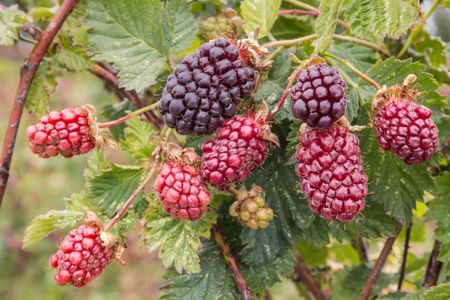 Boysenberry Plant Info – Tips On Growing A Boysenberry Plant
Boysenberry Plant Info – Tips On Growing A Boysenberry PlantIf you love raspberries, blackberries, and loganberries, then try growing a boysenberry, a combination of all three. How do you grow boysenberries? Click here to find out about growing a boysenberry, its care, and other boysenberry plant info.
By Amy Grant
